Khoya recipe or mawa recipe - Today I am sharing the traditional method of making khoya at home.
It requires just one ingredient - Milk.

What is Khoya?
Khoya or Mawa is nothing but milk solids made by cooking and evaporating the moisture from the milk slowly.
Making khoya at home is very easy but it is time-consuming. Mawa or khoya is easily available in market now a days, but sometimes it is not fresh or you are living abroad where you can't get the fresh mawa. So if you prefer to make it at home like me then go for it.
As traditional khoya making process is lengthy which might not work for many. So I have already shared instant mawa or khoya recipe using milk powder.
During Diwali, many people including me make homemade mithai rather than buying store bought one. As you know that many Indian Mithai (Sweets) recipes call for mawa or khoya as the main ingredient. So today I am sharing a traditional way of making homemade khoya or mawa recipe.

Different kinds of mawa or khoya:
- Hard khoya - is very firm and solid, thus you can crumble it or grate it. It is made by reducing the milk to ⅕ part. Today we are making hard mawa. It is used to make burfi, peda, ladoo etc.
- Soft khoya - also known as Hariyali or chikna mawa. If making soft mawa then stop reducing milk little earlier than mentioned stage below. This mawa is generally added to shahi or royal gravy (savory dishes).
- Granular khoya - also known as danedar mawa. It is made by adding some Alum or Tartaric acid which gives granular texture to the khoya. To make this type of khoya one needs to be expert in it. This type is used in making traditional kalakand or granular burfi.
How to make khoya recipe (Step by step):
1) Take heavy bottom nonstick pan. Heat the milk in a pan on medium heat.
2) once it comes to a boil, let it simmer and reduce on medium-low flame. Keep stirring after every 3-4 minutes. If possible, use wider spatula like I am using. So it will cover the more area of the bottom pan while stirring and it will make your job easier. If you are using very tiny spoon or spatula then you might miss some of the bottom surfaces and milk will stick and burn there.
3) This is how it looks after 40 minutes. Don't forget to stir with scraping bottom of the pan and also sides of the pan.
4) At this time (after 40 minutes), it will be a little grainy like below.
5) And this is how it looks after 50 minutes (from the beginning).
6) This time it will be more grainy like below.
7) After this stage, you need to stir and scrape sides continuously.
8) keep stirring and keep cooking, till it becomes solid or dense like halwa. You will feel that it will take little effort for stirring. At this time, turn off the stove heat. This took me a total of 1 hour and 15 minutes.
9) Remove it to another bowl and let it cool completely. As it cools it will thicken and harden.
Storing khoya: once cools completely, it can be refrigerated up to 3-4 days in an airtight container. Or you can freeze it for a month or more.
Khoya Recipes:
Khoya or mawa is used for making sweet and savory dishes.
Sweet dishes
- Gulab jamun
- Chocolate burfi
- Chocolate peda
- Mawa modak
- Gujiya
- Coconut ladoo with khoya
- Gajar ka halwa
- Chocolate pista roll
- Kulfi recipe
Savories
- Khoya kaju curry
- Khoya matar makhana
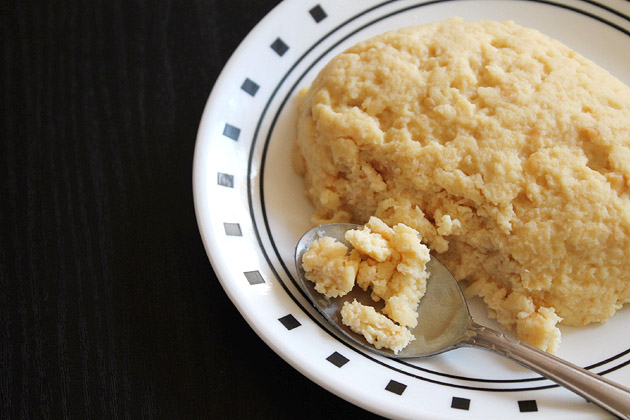
Tips to make Homemade Mawa/Khoya:
- I highly recommend using a non-stick heavy bottom pan and wide spatula while making khoya recipe.
- It is must to stir and scrape the sides every 3-4 minutes. Meaning you cannot leave it alone while milk is reducing. Burnt milk tastes very very bad.
- Cooking time may vary depending on the shape and size of the pan. It also depends on how much quantity (half, double, triple) you are making.
Check out other Indian kitchen basics
Homemade yogurt (dahi)
Homemade garam masala
How to make ginger garlic paste
Homemade paneer cubes
Recipe Card
Khoya Recipe (Homemade Mawa)
Ingredients
- (about 1 liter) 5 cups Milk Full fat milk
Instructions
making khoya or mawa at home:
- Take a heavy bottom nonstick pan. Heat the milk in a pan on medium heat.
- once it comes to a boil, let it simmer and reduce on medium-low flame.
- Keep stirring after every 3-4 minutes. If possible, use a wider spatula. So it will cover the more area of the bottom pan while stirring and it will make your job easier.
- Keep stirring with scraping bottom of the pan and also sides of the pan. As you cook, milk reduces and becomes grainy.
- After 40-50 minutes, it will be more grainy. After this stage, you need to stir and scrape sides continuously.
- keep stirring and keep cooking, till it becomes solid or dense like halwa.
- You will feel that it will take little effort for stirring. At this time, turn off the stove heat. This took me a total of 1 hour and 15 minutes.
- Remove it to another bowl and let it cool completely. As it cools it will thicken and harden.
Notes
- Always use a nonstick and heavy bottom pan.
- Do stir every 4-5 minutes in the beginning and very frequently and then continuously after halfway through



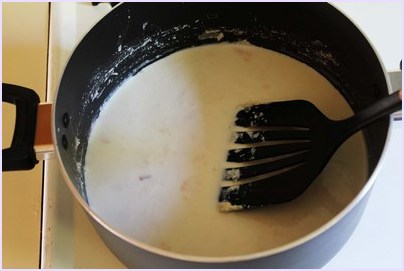
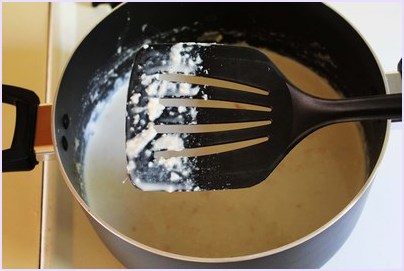
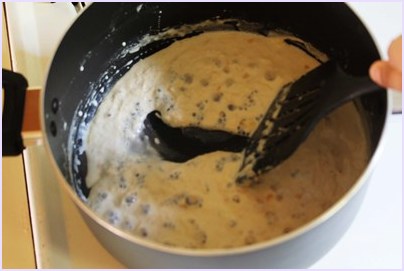



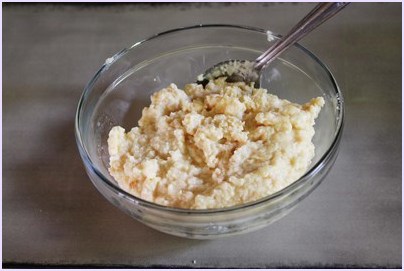
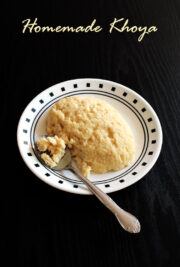
Shea
About how much khoya does this produce?
Kanan Patel
it is already mentioned in the recipe card - 200 grams (around 1 cup)
Padma
Nice lam using for chandrahar sweet